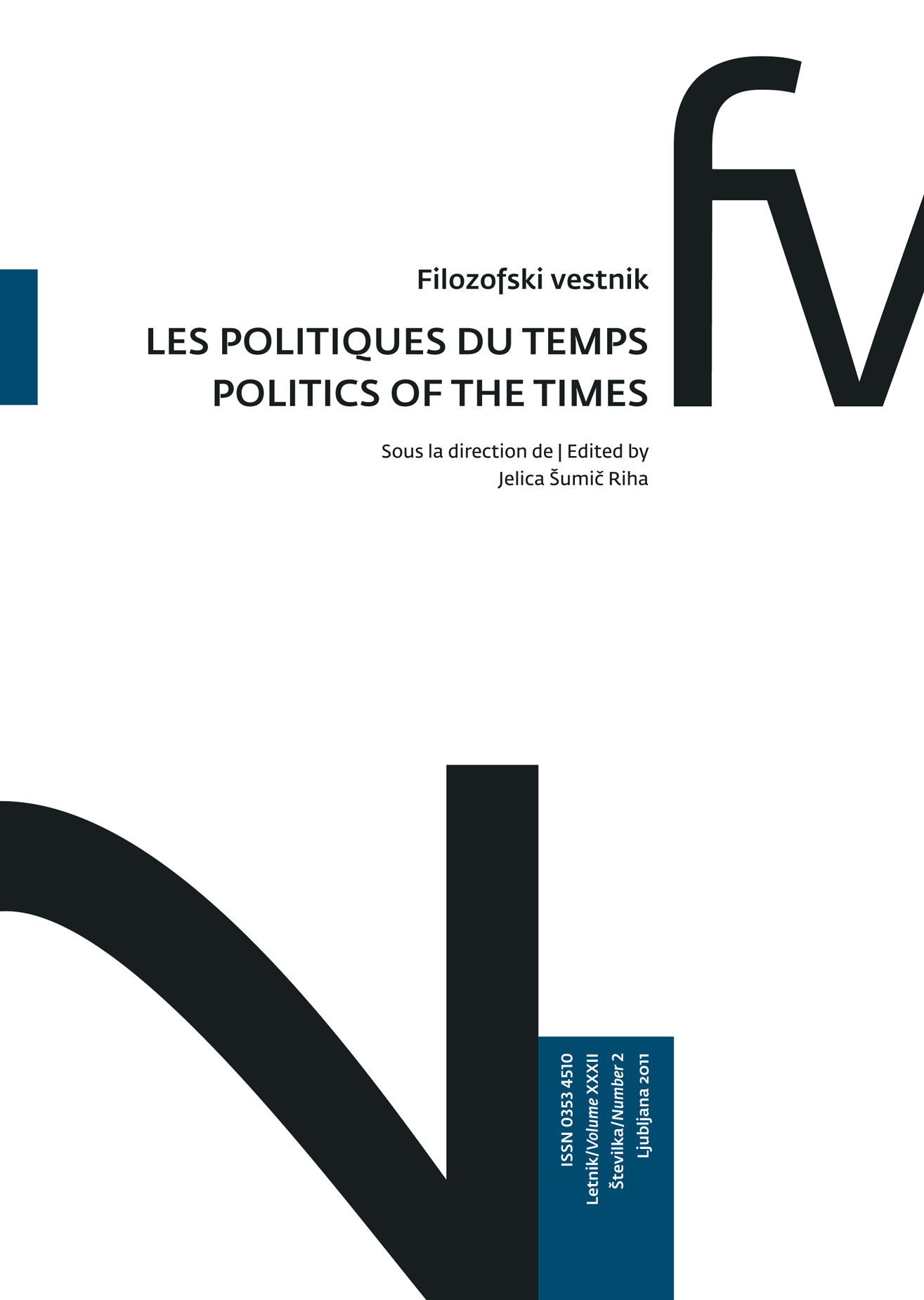The Names of the Real in Laclau’s Theory: Antagonism, Dislocation, and Heterogeneity
Povzetek
This article presents an overview of Ernesto Laclau’s theory of hegemony from his first work as co-author with Chantal Mouffe of Hegemony and Socialist Strategy: Towards a Radical Democratic Politics (1985) to his last work On Populist Reason (2005). To that end, this corpus is analyzed with theoretical tools from Lacanian psychoanalysis in order to locate the implicit postulates in Laclau’s work and to organize his work into three main stages. We propose an interpretation of such theory from a psychoanalytic perspective through three key concepts: antagonism, dislocation, and heterogeneity.
Prenosi
Prenosi
Objavljeno
Kako citirati
Številka
Rubrike
Licenca
Avtorji jamčijo, da je delo njihova avtorska stvaritev, da v njem niso kršene avtorske pravice tretjih oseb ali kake druge pravice. V primeru zahtevkov tretjih oseb se avtorji zavezujejo, da bodo varovali interese založnika ter da bodo povrnili morebitno škodo.
Podrobneje v rubriki: Prispevki





